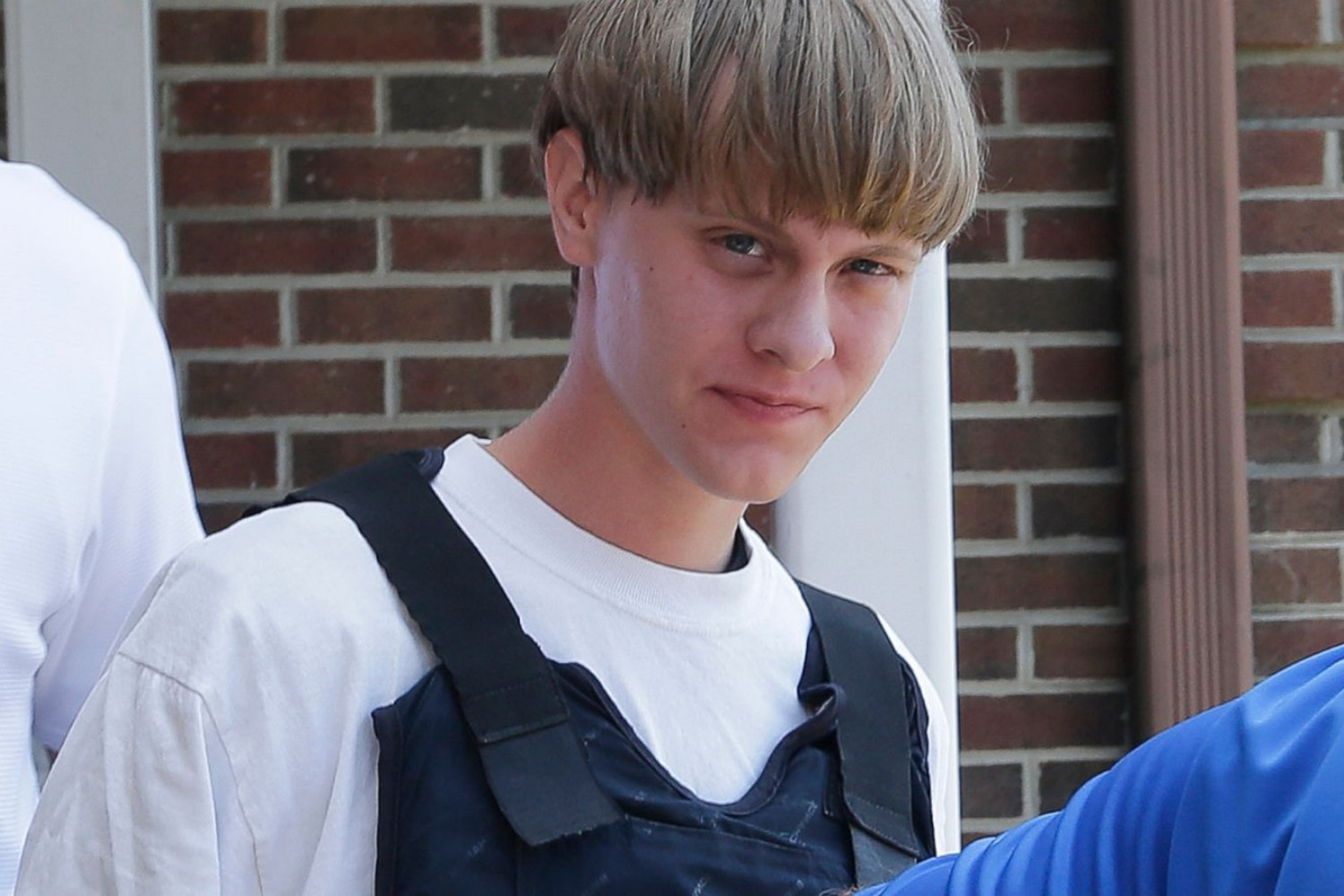
Who is Dylann Roof? Dylann Roof is a name that has become infamous in recent years. Born on April 3, 1994, in Columbia, South Carolina, Roof gained national attention for his horrific actions on June 17, 2015. On that day, he entered the Emanuel African Methodist Episcopal Church in Charleston, South Carolina, and opened fire during a Bible study session, killing nine African American churchgoers. Roof's actions were driven by racist ideologies, which he openly admitted during his trial. He was convicted of 33 federal hate crime charges and sentenced to death. Roof's case has sparked discussions about racism, gun control, and the death penalty in the United States. Understanding his background and the events leading up to the tragedy can provide insight into the broader issues of hate crimes and racial violence.
Early Life and Background
Understanding Dylann Roof's early life helps paint a picture of his background and influences. Here are some key facts about his upbringing and family.
- Born on April 3, 1994, in Columbia, South Carolina, Roof grew up in a middle-class family.
- His parents, Franklin Bennett Roof and Amelia Cowles, divorced when he was young, which affected him deeply.
- Roof attended multiple schools, including White Knoll High School, but struggled academically and eventually dropped out.
- He had a history of drug use, including marijuana and cocaine, which may have contributed to his erratic behavior.
- Roof's family noticed his increasing isolation and troubling behavior but were unable to intervene effectively.
Radicalization and Beliefs
Roof's radicalization played a significant role in his actions. These facts highlight his journey into extremist beliefs.
- Roof became obsessed with white supremacist ideologies after reading about the 2012 shooting of Trayvon Martin.
- He maintained a website called "The Last Rhodesian," where he posted a manifesto outlining his racist beliefs.
- Roof's manifesto cited the Council of Conservative Citizens, a white supremacist organization, as a major influence.
- He believed that African Americans were taking over the country and that violence was necessary to stop them.
- Roof's radicalization was largely self-directed, with most of his influences coming from online sources.
The Charleston Church Shooting
The tragic event that brought Roof into the national spotlight was the Charleston church shooting. Here are some critical details about that day.
- On June 17, 2015, Roof entered the Emanuel African Methodist Episcopal Church in Charleston, South Carolina.
- He attended a Bible study session for about an hour before opening fire on the congregation.
- Roof killed nine African American churchgoers, including the senior pastor, Clementa C. Pinckney.
- He spared one woman, telling her to "tell the world what happened."
- Roof fled the scene but was captured the next day in Shelby, North Carolina.
Legal Proceedings and Sentencing
Roof's trial and sentencing were closely watched and widely reported. These facts cover the legal aftermath of his actions.
- Roof was charged with 33 federal offenses, including hate crimes and obstruction of religion.
- He chose to represent himself during the trial, dismissing his legal counsel.
- Roof showed no remorse during the trial, stating that he felt he had to do it.
- On December 15, 2016, he was found guilty on all counts.
- Roof was sentenced to death on January 10, 2017, becoming the first person in U.S. history to receive a death sentence for a federal hate crime.
Impact and Legacy
The impact of Roof's actions extends beyond the immediate tragedy. These facts explore the broader implications and responses.
- The Charleston church shooting reignited national debates about gun control and racism.
- In response to the shooting, South Carolina removed the Confederate flag from its statehouse grounds.
- Roof's actions led to increased scrutiny of white supremacist groups and their online presence.
- The victims' families publicly forgave Roof, which drew widespread attention and admiration.
- Roof's case continues to be a reference point in discussions about domestic terrorism and hate crimes in the United States.
Final Thoughts on Dylann Roof
Dylann Roof's actions left a deep scar on society. His crime, driven by hate, shocked the world and highlighted ongoing issues of racism and violence. Roof's background, filled with troubling signs, serves as a grim reminder of the importance of addressing mental health and extremist beliefs early. The legal proceedings that followed his arrest were intense, reflecting the severity of his actions. Roof's case also sparked debates on gun control and hate crime legislation. Understanding these facts about Roof isn't just about knowing his story; it's about recognizing the broader societal issues that allowed such a tragedy to occur. By learning from this, we can work towards a more inclusive and safer future. Let's remember the victims and strive to prevent such horrors from happening again.
Was this page helpful?
Our commitment to delivering trustworthy and engaging content is at the heart of what we do. Each fact on our site is contributed by real users like you, bringing a wealth of diverse insights and information. To ensure the highest standards of accuracy and reliability, our dedicated editors meticulously review each submission. This process guarantees that the facts we share are not only fascinating but also credible. Trust in our commitment to quality and authenticity as you explore and learn with us.
